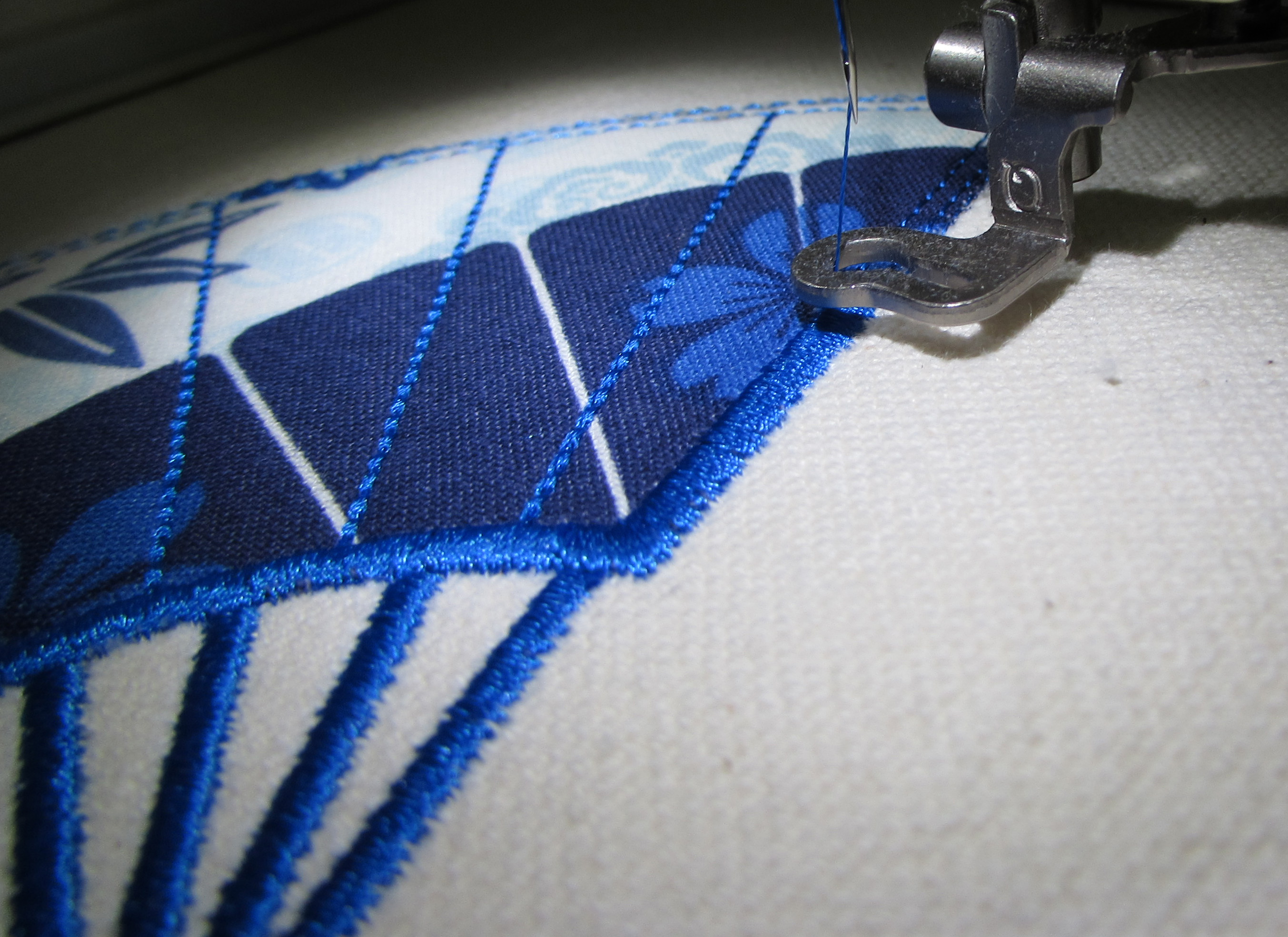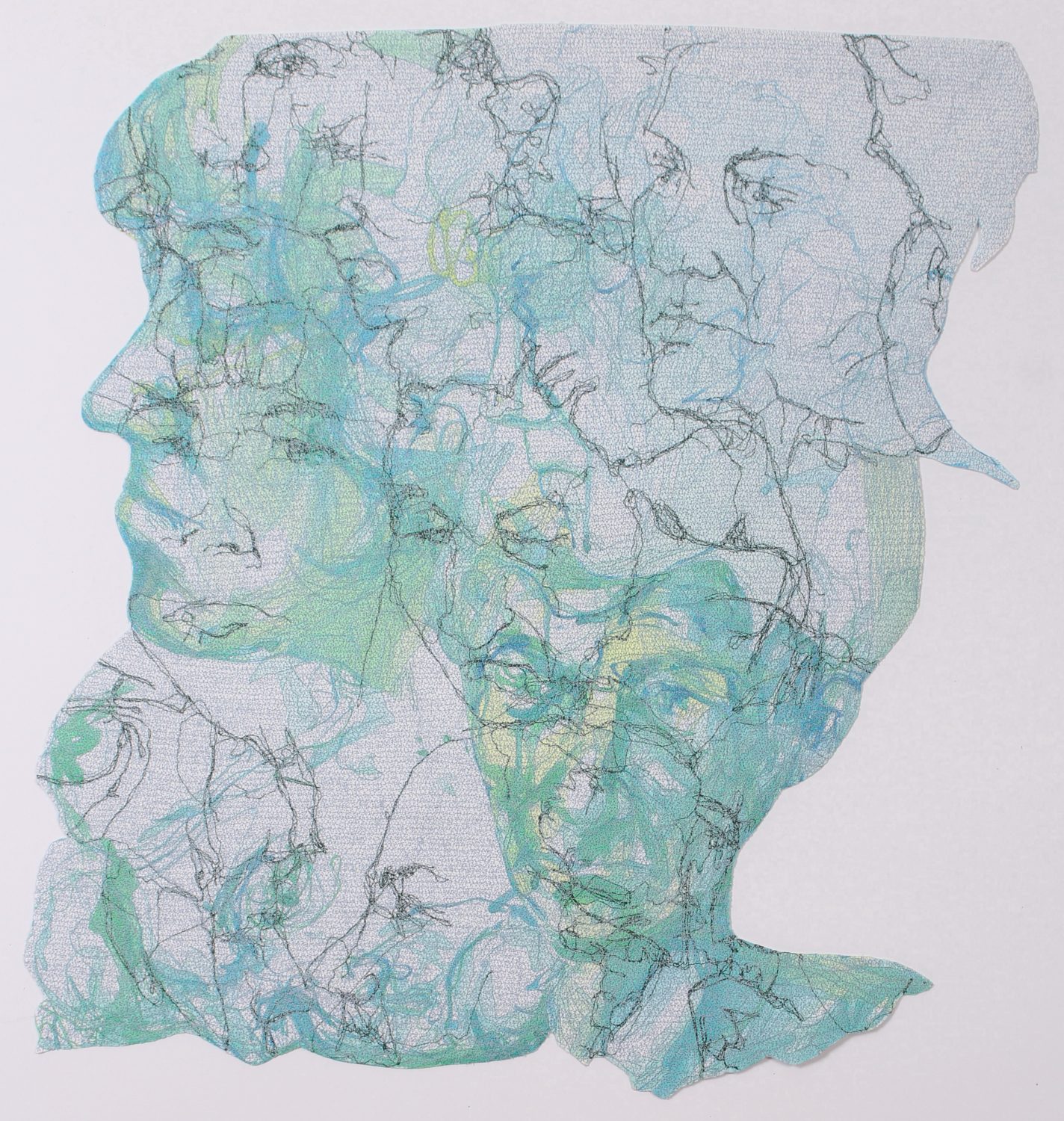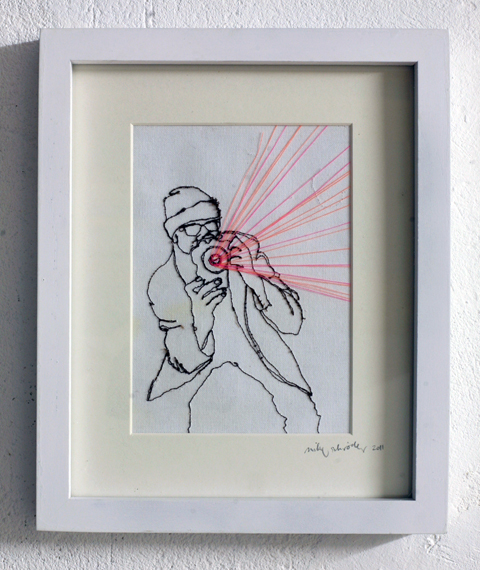Whether I’m talking business with a newly-minted commercial machine embroiderer or discussing the craft with a would-be machine embroidery artist or erstwhile crafter, I can be sure to face the same two dreaded questions:
- Which embroidery machine is the best one to buy?
- Which embroidery digitizing software is the best for creating my designs?
You might be forgiven for thinking that these are easy questions to answer, but they are among my least favorite to tackle. After all, I’ve remained stubbornly agnostic about my tools, supplies, and the like; If I find something does the trick, I’m down to use, praise, and promote it, no matter the brand, cost, or origin. Unfortunately, no attempt at presenting a fair estimation of the qualities of various tools goes unpunished.
The eventual end of these conversations is a either a plea or a demand that I share my ‘secrets’ about which product is actually ‘best’. Don’t get me wrong, it’s not that I don’t favorites. Follow me around long enough and you’ll hear all about my favorite software and you’ll find me touting any number of threads- it’s not that I’m somehow impossibly unbiased. The problem is that these questions are assuming that there’s a universally ‘best’ machine and software package; whereas I feel that judging tools and software can be a bit like evolution; the ‘fitness’ of a given tool is greatly determined by context. You have to know the situation in which it is intended to perform and the web of support systems that surround it to know if it’s really ‘best’- there are reasons why the ‘best’ tool for one situation can be a distant second in another.
‘Fitness’ is easy to understand in biology, if a bit embarrassing to illustrate. I can gain weight by noticing the aroma of any decently prepared dish from 50 paces, whereas a friend couldn’t put on a gram facing down a competitive eater’s dose of fried foods. Wherever calorie-laden foodstuffs are available consistently (and my home town of Albuquerque, New Mexico definitely belongs on this list), he has more fitness; he eats everything in sight, but always maintains a healthy weight. If I altered the context however, say we’re suddenly of on a reality-show adventure into the woods with nothing but a hatchet and a smile, and despite some sincere social awkwardness, my somewhat more ‘efficient’ system and the stores it has provided me might keep me working, while his awesome appetite leaves him in the lurch. When we’re trying to make fire on day 5 without snacky bits, I might just have the higher ‘fitness’. What does this have to do with embroidery machines and digitizing software? Believe it or not, a lot of what makes them ‘best’ depends on how you’ll want to use them and the ‘environment’ they work in, just the same.
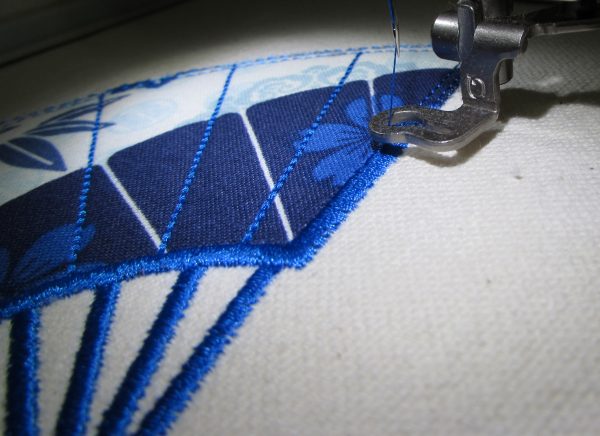
If it’s all relative, how do we choose the best embroidery machine?
Many people asking my for my ultimate machine verdict are just starting with embroidery, and as such, many of the simple things they want to do can be done with any healthy, decently built machine. One brand or another may have an edge for an application they want to pursue, but usually, the options that the questioner is considering will all suitably stitch a monogram or simple logo on standard materials without issue. Whenever that’s the case, and very basic and important things like the pricing and the area of embroidery are equal the decision becomes difficult. (Side note: always spring for the 5″ x 7″ machine at the lowest end; the 4″ x 4″ is fun, but that size limit will break your heart very shortly into your embroidery career) Whenever we are looking at relatively comparable machines, it’s a discussion of context and support that helps us find the best choice.
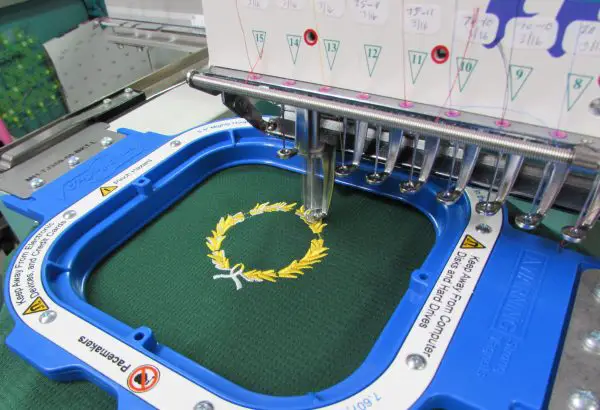
This is my rough and ready rule on selecting a machine in this situation: If multiple embroidery machines in your price range can do all of the things you want them to do effectively, the winner is one you can operate, maintain, and repair affordably with the largest amount of support and educational opportunity from the manufacturer and community of users that surround it. It’s a little complicated, and it’s definitely about more than the widgets that come in the box.
You can’t underestimate the importance of support. Without the right manuals and materials to teach you how to operate and maintain your machine, it becomes harder to run. If you don’t have a service center in your area or a local technician to repair your machine, the cost of repairs balloon with either travel costs for the tech or packing and shipping your machine off whenever it needs a fix. If you choose to go with a used machine and risk one old enough or one that’s not in production, you may be stuck with a lack of parts to even make a repair possible. You can have a great experience with a machine fresh out of the package and still end up with a poor result over time if it’s hard to learn how to use it, hard to find support, or you can’t get the people and parts you need to fix it.
How about the best digitizing software? Surely there’s only one that makes the best embroidery, right?
Here’s the hard thing to admit, since I’m such a big fan of the package I use. I have seen enviable works of art come from digitizers using every kind of software under the sun. Moreover, one of the finest pieces of my career, I created stitch by painstaking stitch on a byzantine DOS-based system that I wouldn’t now unless I was under duress, let alone recommend. When we are talking about the artistic quality of a design, the tools don’t necessarily make or break the quality of the embroidered piece you can produce.

This confession should make it obvious that if the goal is to ‘make better embroidery’, there is no one software suite that can ensure success by the virtue of its tools alone. Rather, the software simply facilitates the digitizer; it’s the understanding of the medium, the experience born of practice, and the creativity of the person running the software that determines how the embroidery will turn out. What the software can do is make the process of placing stitches easier, faster, or more intuitive. I’ve seen people on both sides of the commercial and hobby fence using tools that come from the other camp, from fully-vested production embroidery shops using home-grade software of the least expensive variety to home-stitchers with single needle machines that use software comparable to what I use as a 50-hour a week professional digitizer; it all depends on what you can afford and what conveniences your software can provide you.
Some digitizing software is going to be better at automating certain things than others, to be sure; there are differences in the quality of the stitch generation in filled areas, specialty stitch types, and differences in the way shapes are drawn and processed. That said, most of your work won’t likely live or die on tiny variations in fill or the presence of specialty motifs. The fit is largely based on whether the tools in the software are suited to the kinds of designs you want to make and whether or not they make your work easier to accomplish.

If you are someone who intends to add lots of text to designs or make personalization a large feature in your pieces, the quality of the built-in text handling will be a point of difference. If you are a monogrammer, a system that lays out proper monograms and frames with ease may be your ‘best’. IF you like to fill large areas with stitches or want to play with motif patterns in your filled areas, a software with specialty fills might actually be your top choice. If you like to play with applique, a package that automatically creates placement lines and moves the frame out for easy trimming might sway you. All tools aren’t equally important to every embroiderer, but one tool may really help facilitate your vision.
Maybe even more so than with embroidery machines, the support and community that surrounds your embroidery digitizing software can have a marked effect on your experience of operating it. If you can’t find documentation or educational resources, the software may be hard to learn. If you can’t get support from the company that makes the software, operation and installation problems might make it impossible to use. If you can’t find a community of passionate users, you may find yourself on your own when trying to do anything more than what’s prescribed in the manuals. Even great tools that serve your artistic purposes can suck the life out of your practice when the support system behind them isn’t what it should be.
In short, no tool can escape the context in which it is used, nor the context in which it was created. When you want to determine the tools that will be ‘best’ for you, make sure you’ve considered how it fits into the larger landscape of your work and even your community. I admit, I’m a proponent of the idea that the best tool you have to work is the one you can get a hold of. Bad tools used by inspired people can create masterworks, given dedication and effort, and I’d rather see everyone who wants to try machine embroidery take a swing with any tool they can get than suggest that everyone waits to find the perfect fit. That said, when you’ve decided to invest not only your hard-earned money, and more importantly, the time out of your life that it takes to learn and use a tool, it’s well worth the thought to think of that longer view, of that overall ‘fitness’ before you lay your money down.
Don’t forget to consider those ‘intangible’ qualities of the people who surround the tool- the companies that make them and the people that use them are unquestionably important resources. Do your research with more metrics than price and features. Find those users who volunteer their real-world experiences ‘in the thread’ and study the tool’s ‘ecosystem’. The costs and benefits of your selection are never evident based on the pitch in the ‘brochure’.
—–
 Erich Campbell is an award-winning machine embroidery digitizer and designer and a decorated apparel industry expert, frequently contributing articles and interviews to embroidery industry magazines such as Printwear, Stitches, and Wearables as well as a host of blogs, social media groups, and other industry resources.
Erich Campbell is an award-winning machine embroidery digitizer and designer and a decorated apparel industry expert, frequently contributing articles and interviews to embroidery industry magazines such as Printwear, Stitches, and Wearables as well as a host of blogs, social media groups, and other industry resources.
Erich is an evangelist for the craft, a stitch-obsessed embroidery believer, and firmly holds to constant, lifelong learning and the free exchange of technique and experience through conversations with his fellow embroiderers. A small collection of his original stock designs can be found at The Only Stitch

